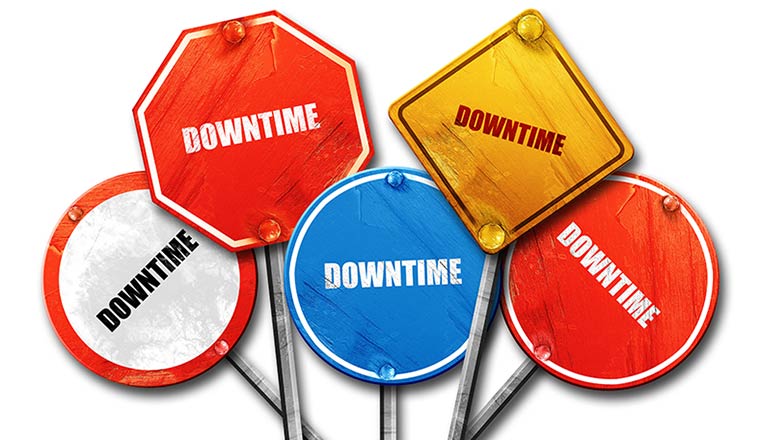In the manufacturing and processing industries, there are two different types of downtime. The positive type of downtime is one that is scheduled and designed to provide maintenance and service to equipment and systems to ensure the facility continues to operate at peak efficiency.
The other side of downtime is the unexpected breakdown of equipment or systems, leading to a loss of production and efficiency. Unfortunately, this unscheduled downtime is often linked to not following the scheduled downtime requirements for the system.
The Human Downtime Story
This is an ideal analogy for the types of downtime we need as humans. Scheduling routine downtime where we take care of ourselves by relaxing, rejuvenating, and rebuilding our physical and mental health is critical to continue to move forward and thrive in our roles as professionals. It also helps us to be more connected to friends and family.
Unfortunately, people who fail to schedule downtime also run into system failures, just like the equipment. However, these are not always simple fixes, and people cannot change out a part or component to make a repair. Burnout, stress-related illnesses, lack of concentration, increased risk of depression and anxiety, and increased dissatisfaction with personal and professional sides of life are all common signs of a failure to plan strategic downtime.
The Science of Downtime
Individuals have different requirements for downtime, but everyone needs a break from the pressure and demands of life. When considering downtime, it will be important to structure the time based on your career and the reality of your life.
Downtime should include both small, regular breaks throughout the day and longer, sustained times when you can unplug from work and enjoy life on your terms. Vacations, staycations, weekend getaways, or weekend stayins are all good examples of longer blocks of downtime. Keep in mind, downtime means consciously disengaging from the pressures of life or limiting your time spent on work-related issues to very short blocks of time.
Short periods of downtime throughout the day are equally important. Shorter-term downtime strategies include:
- Healthy sleep routines – go to bed and wake up at the same time, building in a sleep routine that relaxes you and clears your mind before getting into bed.
- Practice mindfulness – spending two to five minutes throughout the day to focus on the moment and appreciate what you have is an effective way to build in downtime.
- Relaxation – guided breathing exercises are readily available on most fitness watches, through a variety of apps, and even on YouTube. These are also short exercises that take just a few minutes to focus on calming the mind and letting go of stress and distractions.
- Make the human connection – talking with people you love and enjoy being around about issues that bring you happiness, joy, or a sense of belonging is a great way to distract from focusing on stressful work issues.
Finding a few minutes a day to practice downtime and combining that with time away from work in the evenings, on weekends, and for regular vacations is an investment in your ability to continue to be the best person and professional you can be.

